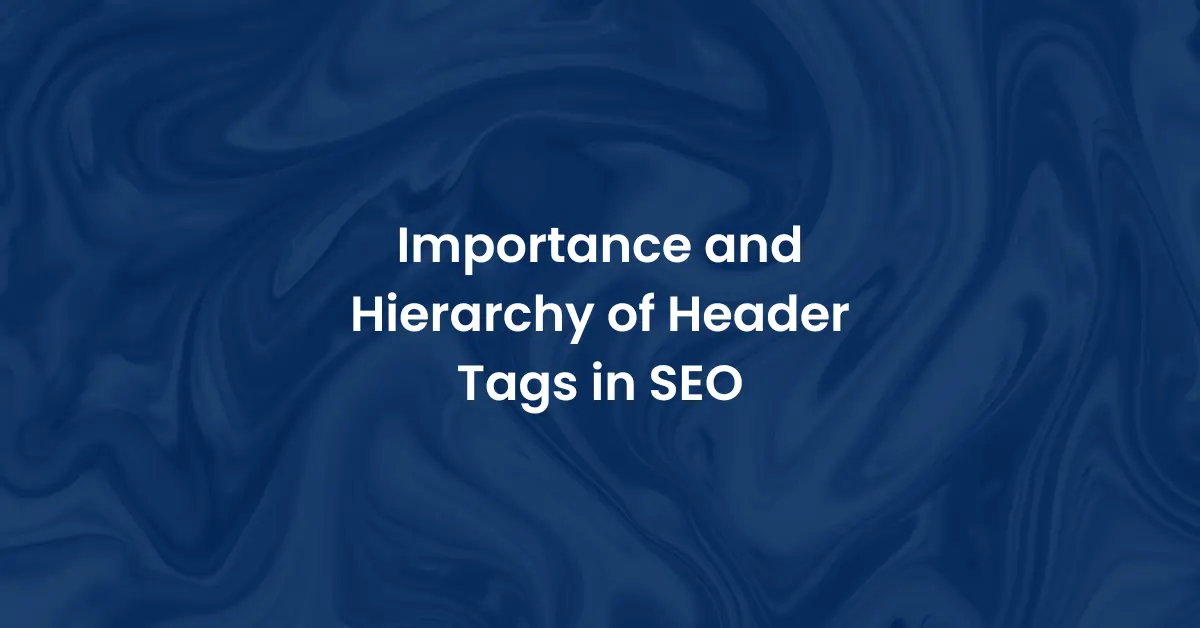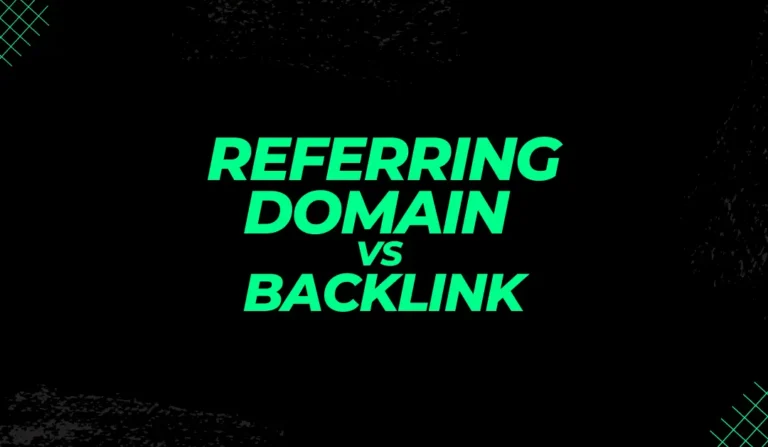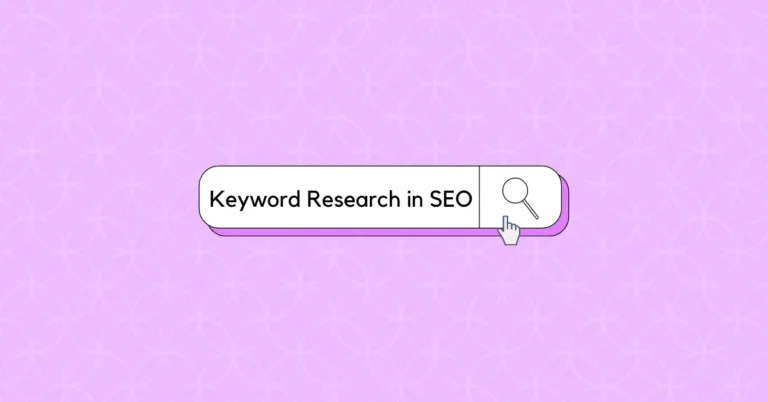In our previous blog, we discussed about which on page element carries the most weight for SEO. In this blog, we’ll discuss the importance and hierarchy of header tags in SEO.
When it comes to optimizing your website for search engines, header tags play a crucial role.
Not only do they help improve your website’s readability and user experience, but they also provide important signals to search engines about the structure and content of your web pages.
In this blog post, we’ll explore the importance of header tags and their hierarchy for better on-page structure, as well as some best practices to follow.
What are Header Tags?
Header tags, also known as heading tags, are HTML elements used to structure the content on a web page. They are identified by H1, H2, H3, and so on, with H1 being the highest level and H6 being the lowest. These tags are typically used to mark headings and subheadings, making it easier for both users and search engines to understand the organization of the page.
Importance of Header Tags for SEO
Header tags carry significant weight in search engine optimization (SEO) for several reasons:
- Keyword Optimization: Header tags provide an opportunity to add relevant keywords to your content. Search engines consider header tags as important indicators of the page’s topic and relevance. Including target keywords in your headings can help search engines understand the context of your content better.
- User Experience: Well-structured header tags enhance the user experience by making the content more scannable and easy to navigate. Visitors can quickly identify the main topics covered in your content, allowing them to find the information they need more efficiently.
- Search Engine Crawling: Search engine bots rely on header tags to comprehend the structure and hierarchy of your web page. Clear and hierarchical header tags help search engines understand the relationships between different sections of your content, which can positively impact your website’s crawlability and indexability.
Hierarchy of Header Tags
The hierarchy of header tags is essential for organizing your content and signaling its importance. Here’s a breakdown of the header tag hierarchy:
- H1 Tag: The H1 tag represents the main heading of the page and should be unique for each page. It should accurately define what the content is about and include relevant keywords. The H1 tag has the highest level of importance and should only appear once on a page.
- H2 Tags: H2 tags are used for subheadings and should provide a logical breakdown of the main content sections. Each H2 tag should be relevant to the H1 tag and should include secondary keywords. You can have multiple H2 tags on a page, but they should be used judiciously to maintain clarity.
- H3-H6 Tags: H3, H4, H5, and H6 tags are used for further subheadings within the content hierarchy. They help to structure the content under each H2 section. While these tags are not as crucial for SEO as H1 and H2, they still contribute to the overall organization and readability of your content.
Best Practices for Using Header Tags
To optimize your website’s on-page structure and make the most of header tags, consider the following best practices:
- Use One H1 Tag: Ensure that each web page has only one H1 tag, representing the main heading.
- Include Keywords: Incorporate relevant keywords naturally in your header tags to improve the visibility and relevance of your content.
- Maintain Hierarchy: Follow a logical hierarchy for your header tags, ensuring that they accurately represent the content’s structure and subtopics.
- Balance Readability and SEO: While it’s essential to optimize header tags for SEO, don’t compromise readability. Make sure your headings are concise, descriptive, and user-friendly.
- Use CSS Styling: Customize the appearance of your header tags using CSS styles to match your website’s design, while still maintaining consistency in terms of font size and style.
Conclusion
Header tags are critical elements for optimizing your website’s on-page structure and improving its visibility in search engines.
By utilizing header tags effectively and following the proper hierarchy, you can enhance both SEO and user experience.
Remember to incorporate relevant keywords, maintain a logical structure, and create scannable content for the best results.
The future of SEO in India is booming and this best time to learn about SEO. So make the best use out of it.






